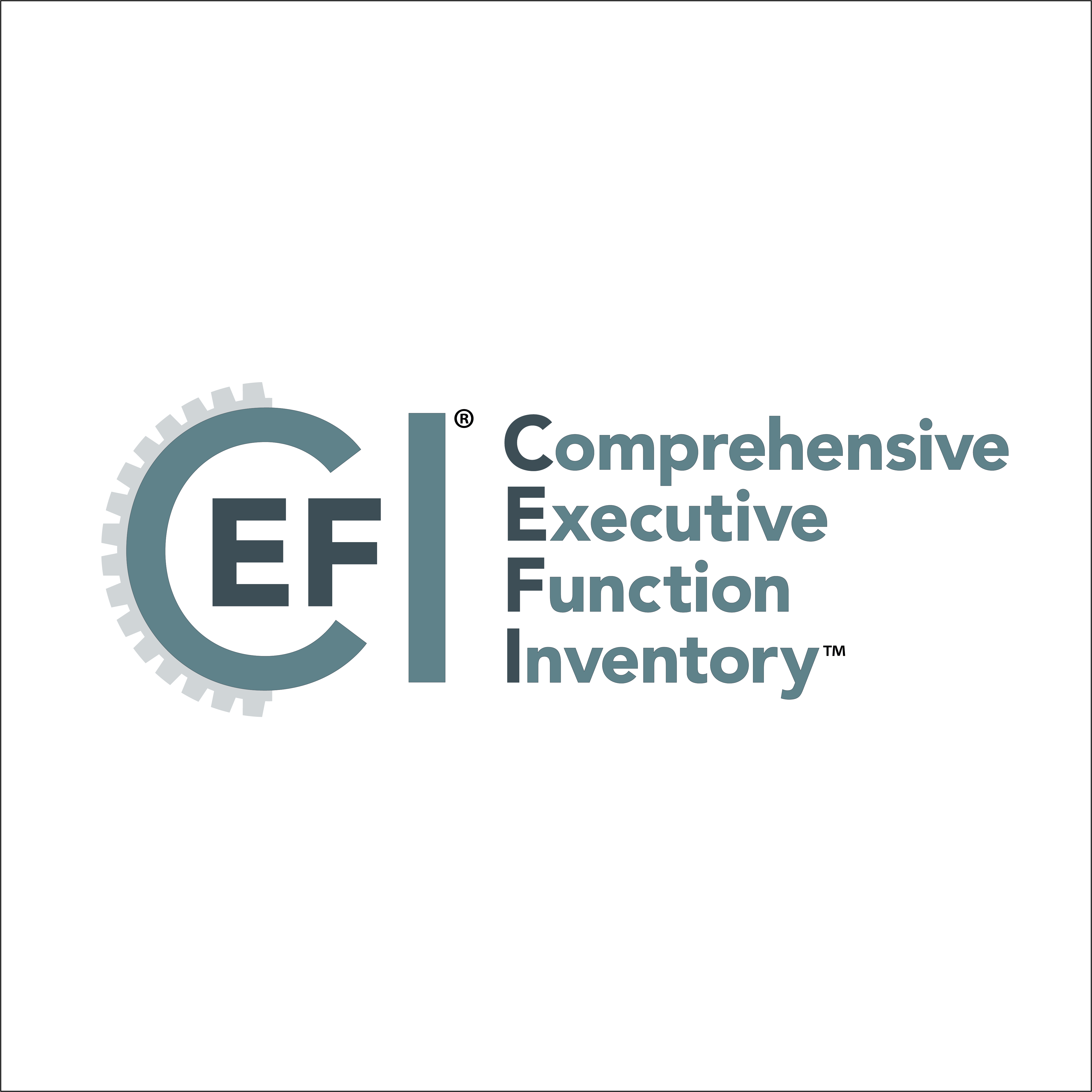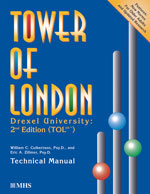
CEFI®
Comprehensive Executive Function Inventory™
Filters
The Comprehensive Executive Function Inventory™ (CEFI®) is a behavior rating scale of executive function strengths and weaknesses in youth 5 to 18 years. Executive function plays a crucial role in problem-solving and reasoning. When there are difficulties in this area, even the simplest tasks can become a significant challenge. Assessing a youth's executive function is vital for accurately diagnosing and developing an effective treatment plan.
Age
- 5 to 18
Administration Type
- Parent
- Teacher
- Self
Administration Time
- 15 Minutes
Number of Items
- 100
Qualification Level
- B
Format(s)
- Online
- Handscored
Reading Level
- 4th and 5th Grade
- A Comprehensive Evaluation of Executive Function Behaviors
Strengths and weaknesses in executive function scores are measured across nine CEFI scales.
- Scores You Can Trust
The most representative nationally standardized behavior rating scale of executive function. The large-scale normative sample is representative of the U.S. population on several key demographic variables, including the U.S. Census region.
- Implement Intervention Strategies
When scores on the CEFI Scales are below average, intervention strategies are provided within the Interpretive Report.
- Easy to understand Reports and Findings
Items are consistent across all rater forms (Parent, Teacher, and Self-Report), providing reports which can be easily compared.
- Useful in a Variety of Settings
Diagnostic evaluations, intervention strategies, response to intervention programs, individualized educational plans, treatment and monitoring plans, and in research environments.
Comparative Reports combine the results of different raters to provide an overview of an individual's scores from a multi-rater perspective. This highlights potentially important inter-rater differences in scores.
Interpretive Reports provide detailed information about scores from a single administration, presented both numerically and graphically. An individual's scores are compared to those in the normative sample and elevations at the scale and subscale level are indicated.
Progress Monitoring and Treatment Effectiveness Reports combine results from up to four ratings over time by the same rater.
The CEFI offers Parent, Teacher, and Self-Report (12 to 18 years) forms, allowing for a multi-rater perspective of a child or youth's executive function. It can be administered online, sent through email, or completed on paper.
Following administration, all CEFI forms can be scored through the MHS Online Assessment Center+. Once scored, three useful reports can be generated.
Reliability
Internal consistency reliability was demonstrated through strong Cronbach's alpha values for the Full Scale and the nine CEFI Scales:
- Parent Full Scale α= .98 (CEFI Scales median=.89)
- Teacher Full Scale α= .99 (CEFI Scales median=.93)
- Self-Report Full Scale α= .97 (CEFI Scales median=.80)
Test-retest reliability studies also yielded excellent results:
- Parent Full Scale r= .91 (CEFI Scales median=.87)
- Teacher Full Scale r= .90 (CEFI Scales median=.90)
- Self-Report Full Scale r= .77 (CEFI Scales median=.79)
Validity
CEFI Full Scale comparisons were conducted between clinical samples (ADHD, ASD, Mood Disorder) and matched general population samples. Children and youth from the three clinical groups were expected to have executive function deficits when compared to general population samples. Overall, results were consistent with the expected effects, demonstrating that the CEFI is sensitive to differences in executive function behaviors between the general population and these clinical groups.
The CEFI is the most representative nationally standardized behavior rating scale of executive function. Data were collected from each U.S. Census Region. For the Parent and Teacher forms, ages of the rated children and youth ranged from 5 to 18 years. For the Self-Report Form, youth aged 12 to 18 years rated themselves. At each year of age, ratings for 50 male and 50 female children/youth were collected for each form, resulting in 1,400 rated children and youth (age M= 11.5, SD= 4.0) for the Parent and teacher normative samples and 700 youth for the Self-Report (age M= 15.0, SD= 2.0). Samples were stratified to match the census on race/ethnicity (White, Black, Hispanic/Latino, Asian and Other), region, and parental education level (PEL, collected for Parent and Self-Report forms). All samples fell within 1% of census targets.
Additionally, to better represent the population, the normative samples included children who were either identified as having a DSM-IV-TR diagnosis by a clinical professional or were receiving special education services at the time of data collection (10.9%, 12.7%, and 9.7% of the Parent, Teacher, and Self-Report samples, respectively).



